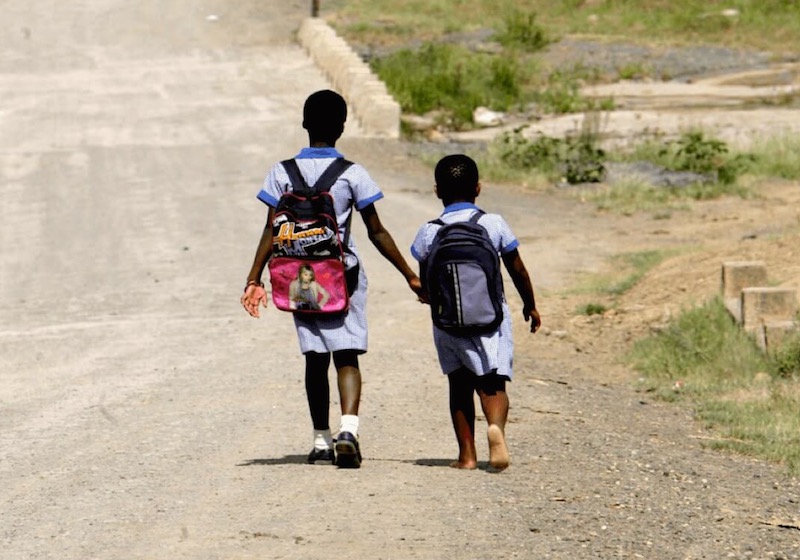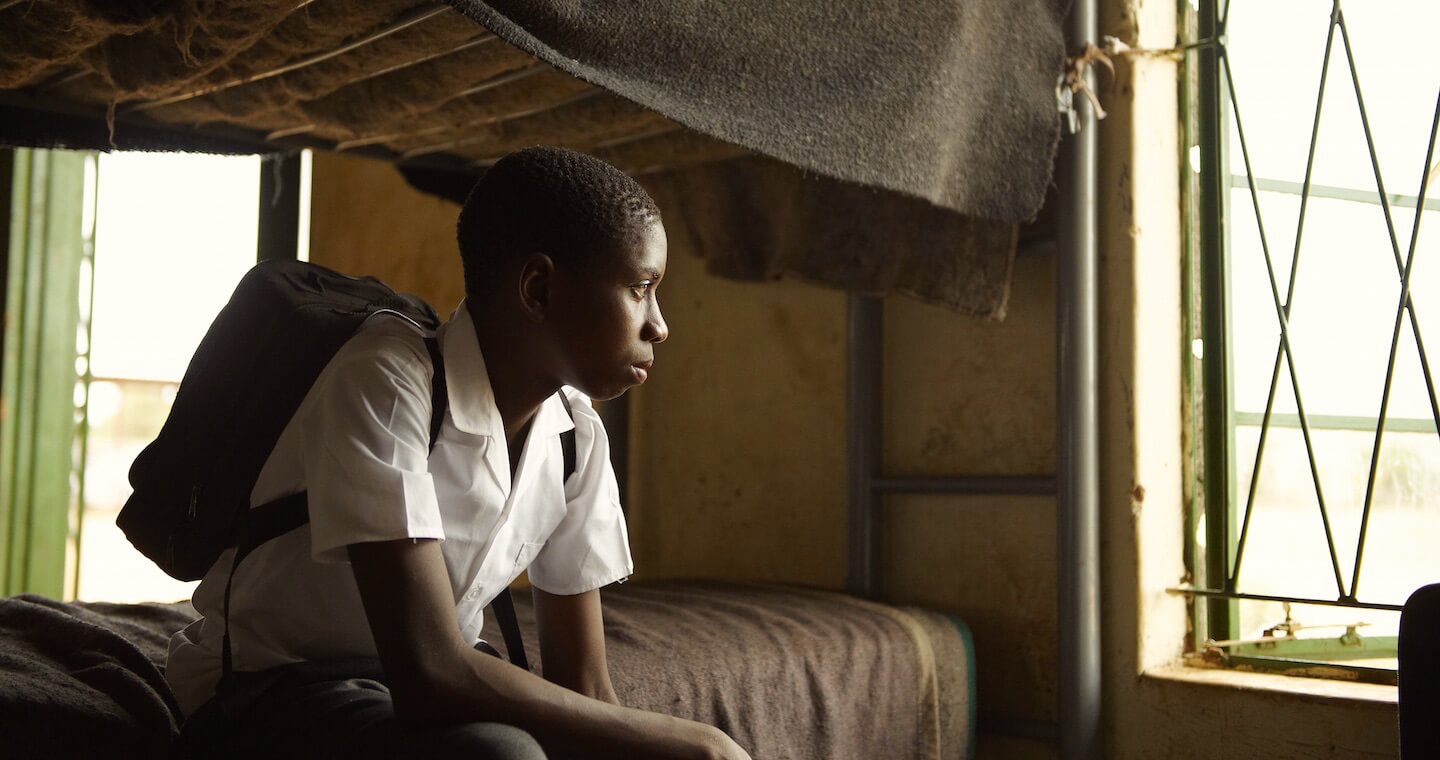Background
When democracy came to South Africa in 1994, children were suffering from years of disadvantage—the legacy of apartheid. One-quarter of young children were stunted and nearly one-fifth were underweight, signs of enduring deprivation despite South Africa’s relative wealth. Although the government had sufficient funds to finance a national welfare program, the existing state system was inadequate and reinforced strict racial divides.


